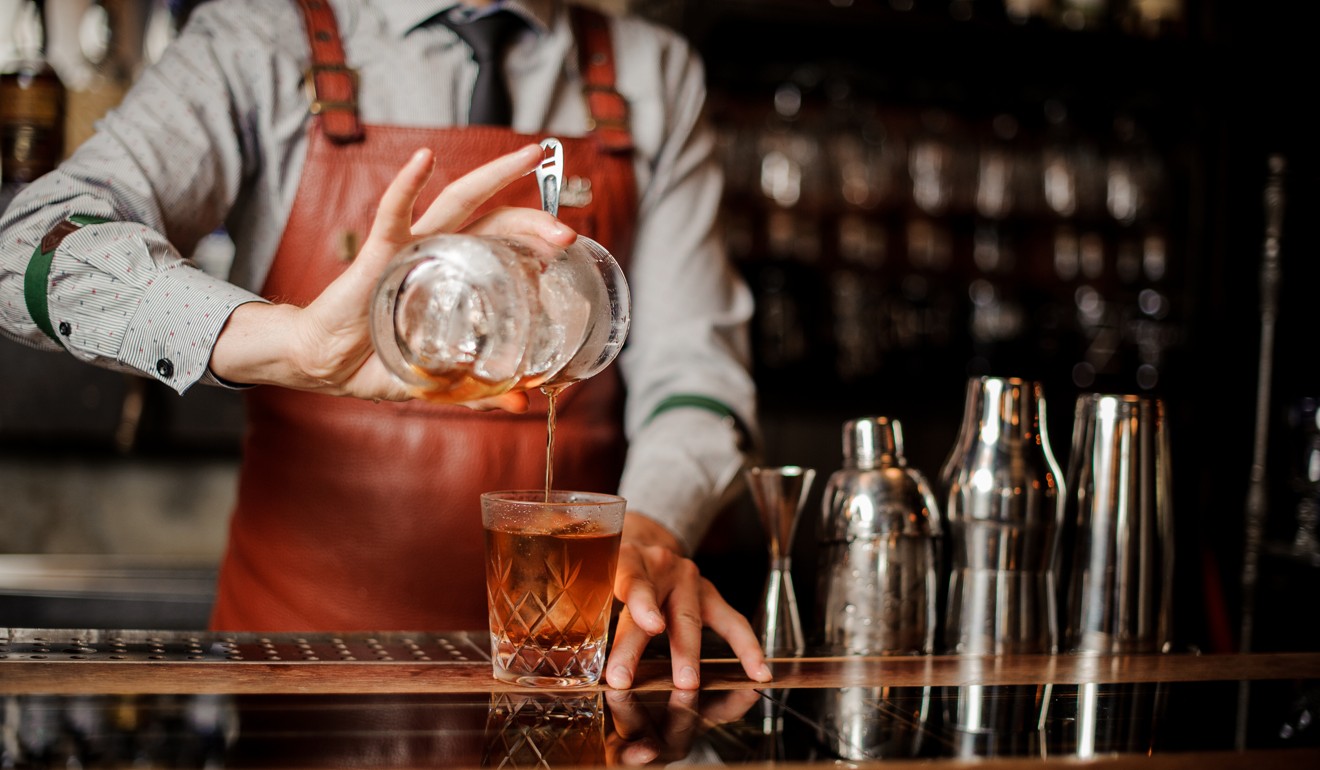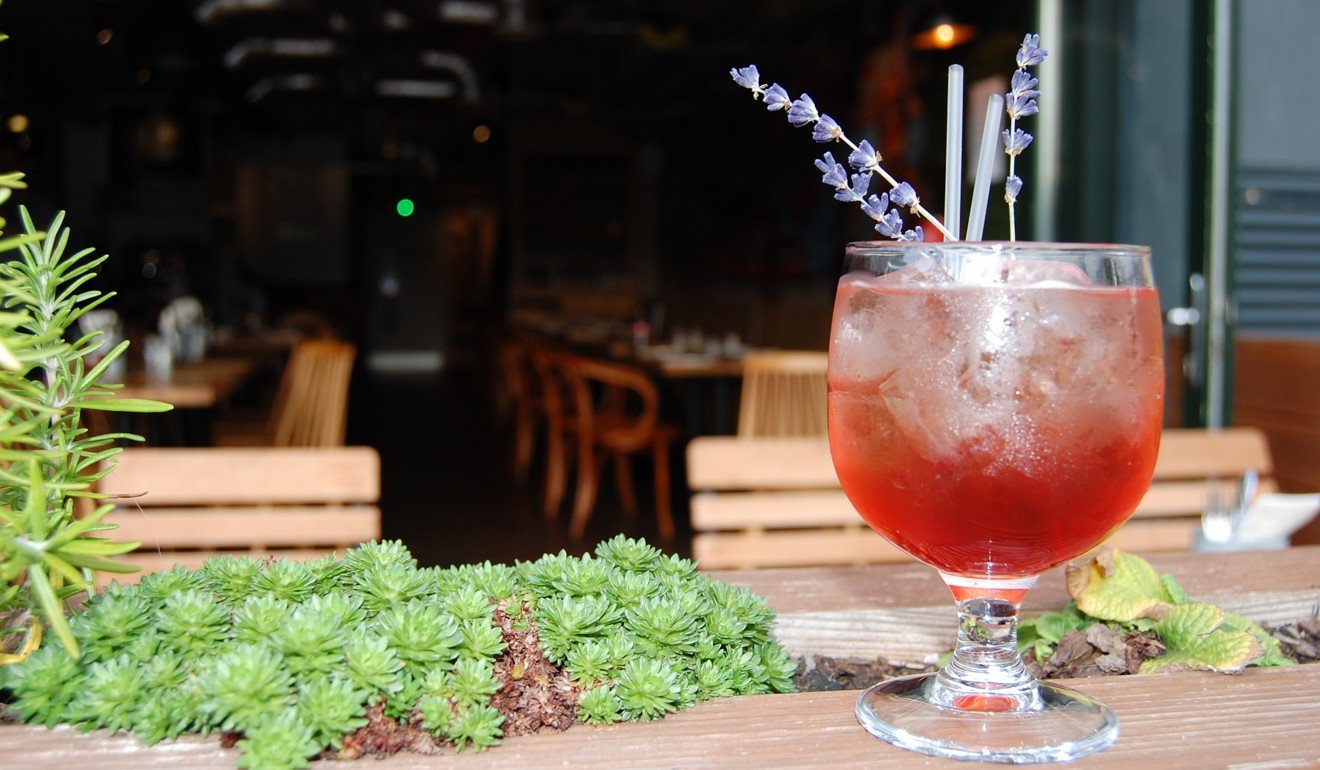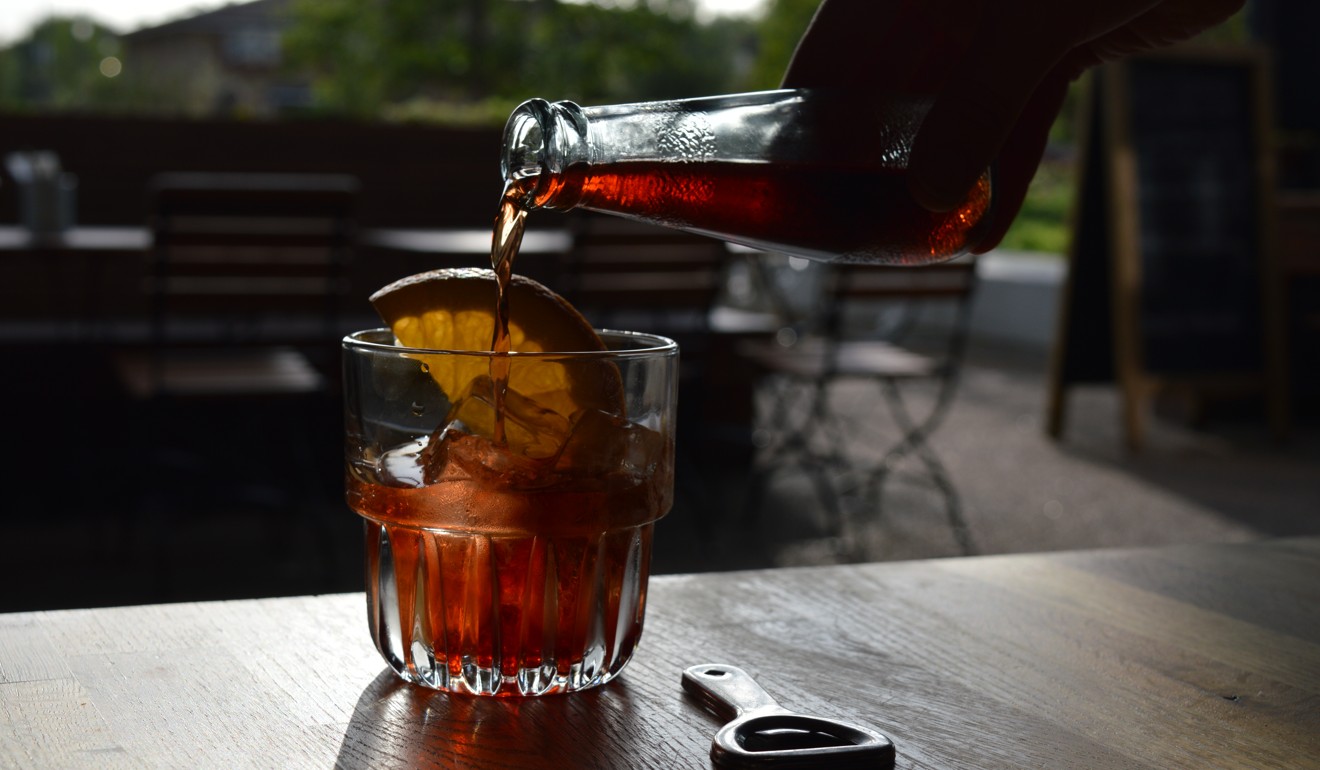Vermouth makes a comeback, with Hong Kong’s Mancino leading the trend in Asia
Bodegas Ricla, a tiny bar just moments from Madrid's famed square, the Plaza Mayor, is known for its vermut en grifo – vermouth on tap – and its home-cooked tapas. The vermouth (fortified wine flavoured with botanicals) is kept in barrels behind the white-and-blue-tiled bar and is served simply over ice, just a slice of orange adding a citrus lift.
There's no space for tables, so patrons perch on stools, glasses in hand, or stand, resting their plates on a wooden shelf fixed to the bottle green wall, as they snack on boquerones en vinagre (small fillets of white fish cured in vinegar, garlic, and parsley) or platters of Spanish cheese. The bar has been serving Madrileños this way for more than 100 years.
The decor at Bodegas Riclas may not have changed much over the century, but the tastes of its patrons surely have: while la hora de vermut (an appetite-stimulating pre-lunch snack with a glass or two of red vermouth) has been part of Spain's social and gastronomical scene for many decades, it largely fell out of favour in the 1970s.
Vermouth, along with many other classic aperitifs and digestifs, became passé, the softly bitter, lightly medicinal flavours reminiscent of an old-fashioned age. Many traditional bodegas closed their doors, or switched to serving the more popular wine and beer.
Now, however, vermouth is seeing a resurgence. Hip young drinkers flock to Bodegas Ricla to enjoy a taste of classic Madrid culture. Competing with the old stalwarts are a new kind of bar, the vermuteria – an old-school bodega with a modern lustre – that serve up artisanal, sometimes house-made, vermouth on tap. Madrid has hosted pop-up parties serving avant-garde vermouth cocktails showcasing small-batch labels from craft producers.

Vermouth production is booming, with around 90 Spanish brands now on the market. Some of the new generation of Spanish producers are infusing vermouth's 300 years of production history with modern ideas, including organic and biodynamic practices. Madrid label, Zarro, for example, was the first vermouth to be certified organic by the European Union.
It's not just Spain that's seeing a growing thirst for the appeal of vermouth: bars and restaurants specialising in this fortified wine are popping up in New York City, San Francisco, London, Sydney and beyond.
In London, Soho bar and restaurant Mele e Pere serves 45 different vermouths, from Australia, Germany, Spain, France, Italy, and four varieties from Britain.
"Knowledge of vermouth is improving in giant leaps," says Edward Scothern, general manager at Mele e Pere. "When we opened the restaurant five years ago, we had 20 vermouths on the menu, and I had to introduce diners to almost all of them, except, of course, Martini. Now our diners generally recognise a fair few different labels, and some diners are zoning into specific labels. This makes a big change from the days when vermouth, along with sherry, were dusty bottles discarded at the back of granny's cupboard."
Hong Kong even has its own vermouth brand: physically made in Italy, Mancino Vermouth was launched in, and is managed entirely from the city.
"When I was a bartender in Hong Kong in 2009 and 2010, I was limited in selection for mixing my drinks, especially in the aperitivo category," says Giancarlo Mancino, the founder of Mancino Vermouth, who has worked with 8 ½ Otto e Mezzo Bombanaand Ozone at the Ritz-Carlton. "It was disappointing for a classic bartender. The big brands, such as Martini and Cinzano, I think almost destroyed the category with their huge volumes and low quality. The same thing almost happened with vodka, rum and gin. So I decided to make my own vermouth."
He spent months researching the history of vermouth, which originates in the mid to late 1700s from his homeland of Italy, and the process of making it.
"I wanted it to be Italian in the classic way, so I looked deep into the details," he says. "My wife said: 'Who's going to drink it in Hong Kong?', but I wasn't going to give up."
He set up his company five years ago, and his vermouth is now distributed in 52 countries, with a particular market dominance in Asia.
Hong Kong's best mixologists rival Michelin-starred chefs
"Asians are more willing to accept quality, and pay for it," says Mancino, who also consults for Rosewood hotels. "In Italy, where there are many varieties of vermouth, they look at you and say: 'Why should I buy vermouth for 20 euros?', but in Asia and America they are more interested in quality."
One reason for the growing interest in vermouth is most certainly global cocktail culture that has in recent years embraced the classics. The Manhattan is made with sweet red vermouth, the Negroni with semi-sweet red, and the Martini with dry white.
"Those Sex and the City Cosmopolitan years were a bit of a mess, and in the late 1990s everyone was drinking a Martini with no vermouth, or channelling James Bond and swapping gin for vodka. And in Hong Kong especially, all those lychee martinis! Now we're finally back to discussing how to really make a Martini," Mancino says.
Macau's best cocktails blend Macanese, Portuguese and Chinese herbs and spices
While a good vermouth can add that subtle touch of something unexpected to a fine cocktail, it's being enjoyed more and more straight up. Vermouth is low on alcohol – around 18 per cent – and fits the Mediterranean lifestyle: enjoyment over excess, and lighter drinks with good quality, casual food shared with friends. It can also be mixed with tonic water or a splash of soda, making it reminiscent of an aperol spritz, the global summer drink de jour.
At Mele e Pere, the vermouth, be it red, white or rose, is served over ice, in elegant cut-crystal glassware, and garnished with a sprig of lavender, a dried orange segment or a stalk of rosemary.
Most of the vermouth Mele e Pere buys is barrel aged, giving a good colour to the liquor, but the restaurant's own vermouth isn't aged.
"We don't have a big barrel room, so we don't have space to age the vermouth," Scothern says. "But also we like to keep our house vermouth approachable and clean-tasting so that people can discover it. Both our red and white vermouth are essentially made fresh; while we sometimes steep the herbs and spices for weeks beforehand, between mixing and kegging there's usually only 24 hours."
Hong Kong mixologists serve up Insta-worthy summer cocktails in style
The restaurant generally has about a dozen aromatics in each, which change slightly according to the season: raspberry in summer, perhaps cloves or cinnamon in winter. The latter they may add fresh, straight into the keg.
Having weathered 300 years of changing tastes, vermouth is once again on the minds and palates of discerning drinkers. Whether made with summer fruit or winter spices, sipped in a bodegas in Spain or the hippest bar in Hong Kong, vermouth seems set to stay.
Source: Vermouth makes a comeback, with Hong Kong's Mancino leading the trend in Asia



Comments
Post a Comment